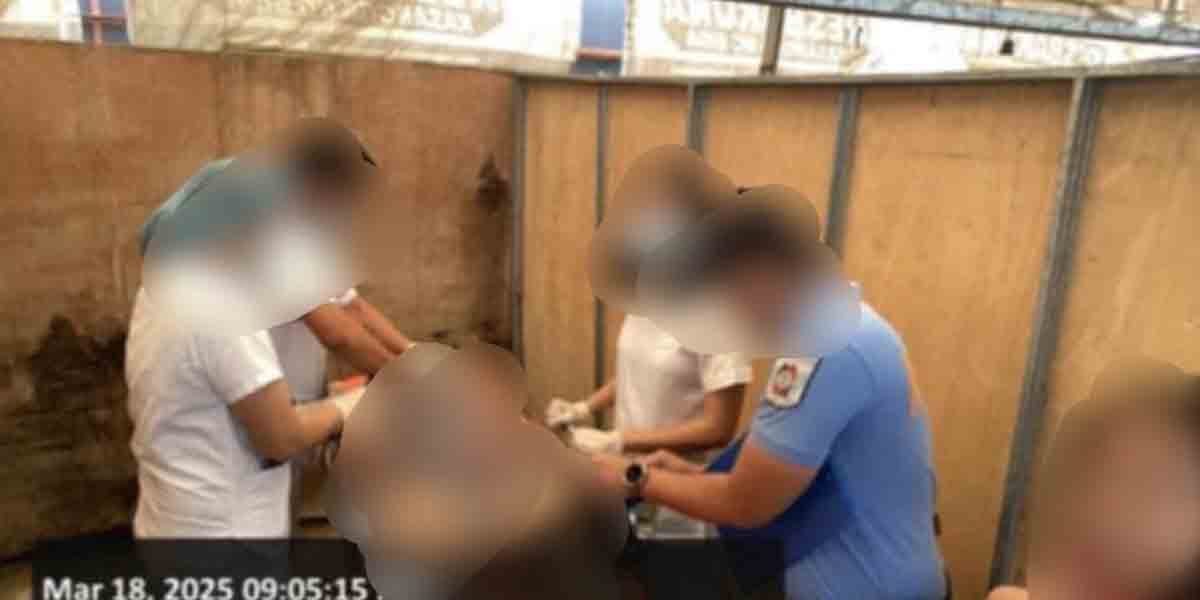By Joseph Bernard A. Marzan
The West Visayas State University College Admission Test (WVSU-CAT) questions leak is what it is, but we have to look at it as a piece of a bigger puzzle, and a by-product of what the situation really is—an impending education crisis.
To painstakingly build this opinion, let me take you through the process of admission to the WVSU, as one of its alumni.
Days before the screenshots that rocked the region, the entrance test in one of its most prestigious institutions was the center of local news—20,925 hopefuls across 6 campuses, 1 each in Iloilo City and Himamaylan City, Negros Occidental, and 4 across Iloilo province’s 3rd district.
The WVSU admission process, as I can recall it for myself, and as discussed by the university’s Public Affairs and Marketing Communications Office director, Dr. Hazel Villa, comprises three levels.
These include the WVSU-CAT itself, to be followed by an aptitude test, and an interview with the applicant.
The aptitude test depends on the applicant’s WVSU-CAT ‘cut-off’ score, as well as the choices that they in their application for admission. For some degree programs, there are additional assessments to determine their fitness to enter.
As Villa herself explained in an interview with Aksyon Radyo Iloilo, coming up with the WVSU-CAT questions is not a simple process.
It follows assessment and measurement standards regularly employed by teachers and being taught to Education students. These questions, after being used in the exams, are destroyed and new ones are being developed every year.
From the 20,925 applicants, that would be significantly trimmed down to around 1,000 plus, only for its Main Campus in Iloilo City, and even less than that for the external campuses.
WVSU, being a state university, has the privilege of providing 100 percent subsidized tuition and other fees under Republic Act No. 10931, otherwise known as the Universal Access to Quality Tertiary Education Act.
(Let’s refrain from calling it ‘free tuition’, and call it for what it is, subsidized fees, because let’s face it, there’s no such thing as a free lunch.)
Similarly, the country’s premier state university, the University of the Philippines (UP), recorded 104,000 applicants for the annually-anticipated UPCAT, held in June of last year.
UP President Angelo Jimenez told ABS-CBN News that only 10 percent or around 15,000 would be accepted into their own institution across their 17 campuses.
Combining the two factors (large number of applicants + subsidized fees), including that of UP, we should look at it now as what it is—many senior high school students wanting to get a quality education without spending as much.
This now leads to the main point in my opening—which is easier expressed by the question—shouldn’t this controversy be looked upon based on its motives and intents, rather than the simply the ‘evil’ act itself?
While we can condemn whoever may be the culprit/s in this fiasco, it’s also important that we’re able to look at the bigger picture as to why this is happening.
Hypothetically, students with lower grades in their senior high school years have fewer chances to make it to one of the region’s top schools, and for them, having access to test questions beforehand may be the solution to ensure that they avail of this privilege.
If they come from public schools, there are even fewer chances that they pass entrance assessments as compared to their counterparts from private schools.
While there isn’t any data from WVSU itself, for lack of time to write, for state universities, we could probably look to UP’s example.
UP Diliman’s campus organ, The Philippine Collegian (Kulé), has been reporting as early as 2016 (that’s as far as we can trace on the internet), that a great majority of those admitted as freshmen came from private schools.
Even in their latest round of admissions in 2023, Kulé reported that almost 50 percent of its freshmen cohort were from private schools.
Data in basic education suggests that these admissions trends, and possible cheating, would become more imminent in the future.
The Organization for Economic Cooperation and Development’s (OECD) 2022 Program for International Student Assessment (PISA) found the Philippines to be “5 to 6 years behind”, assessing the performance of 15-year-old students in Reading, Mathematics, and Science.
Our own Mariela Angella Oladive reported that the Department of Education-Division of Iloilo’s data that only 52 schools within that division only, out of 1,172, reported improvements in literacy (ability to read) and numeracy (ability to count).
Now, how does this connect to the leakage issue of the WVSUCAT test questions?
Again, as I’ve stated in a recent paragraph, those who have lower overall performance grades in their basic education may have fewer chances to enter WVSU, so they resort to unorthodox practices.
That makes me wonder, just how many students were able to avail of these scanned exams, and what exactly were their reasons?
I hope that they do come out and explain themselves, because even if many in the general public wouldn’t understand, I probably would, and that may even back up this opinion piece.
I also have to repeat that this act isn’t something to condone, but it would be something interesting to wonder about and look at.
I still have a lot to say, but I would like to see how this matter unfolds, and if there are similar instances in other schools appearing in the coming days, then I may take up more space in this paper and say ‘A-ha!’ ###























